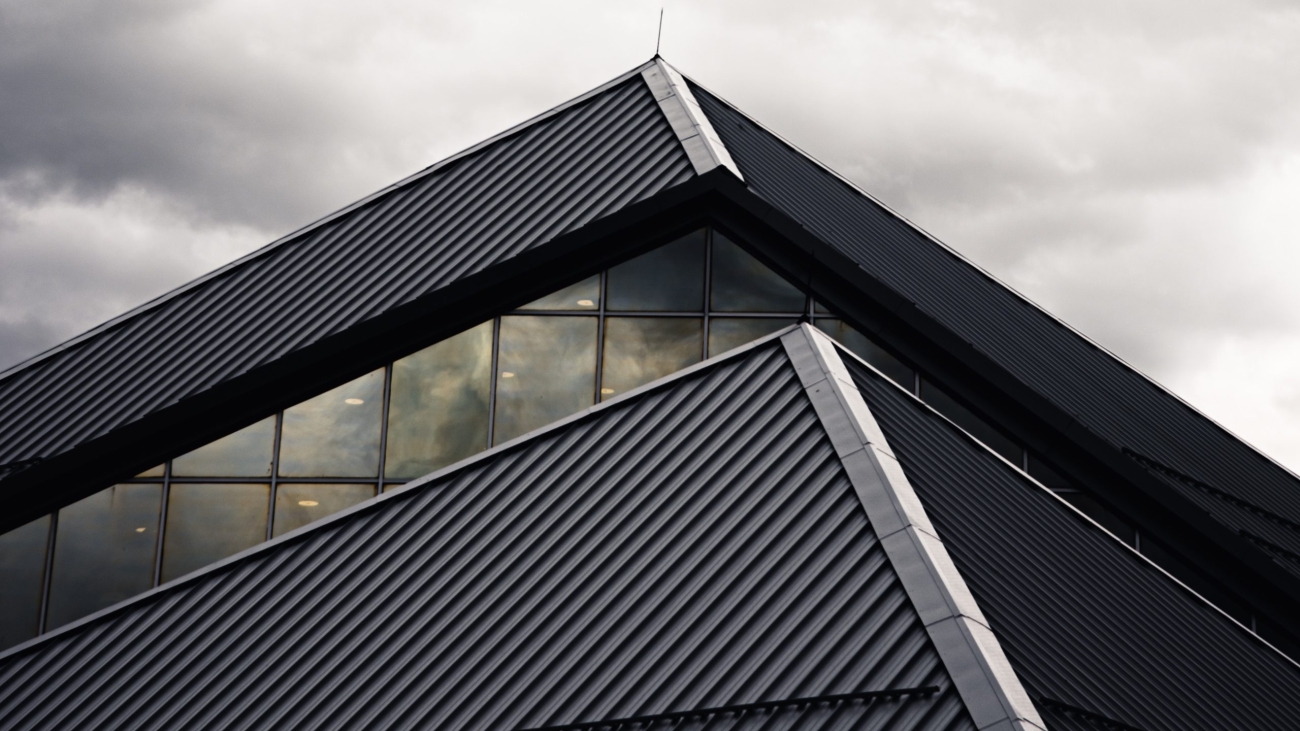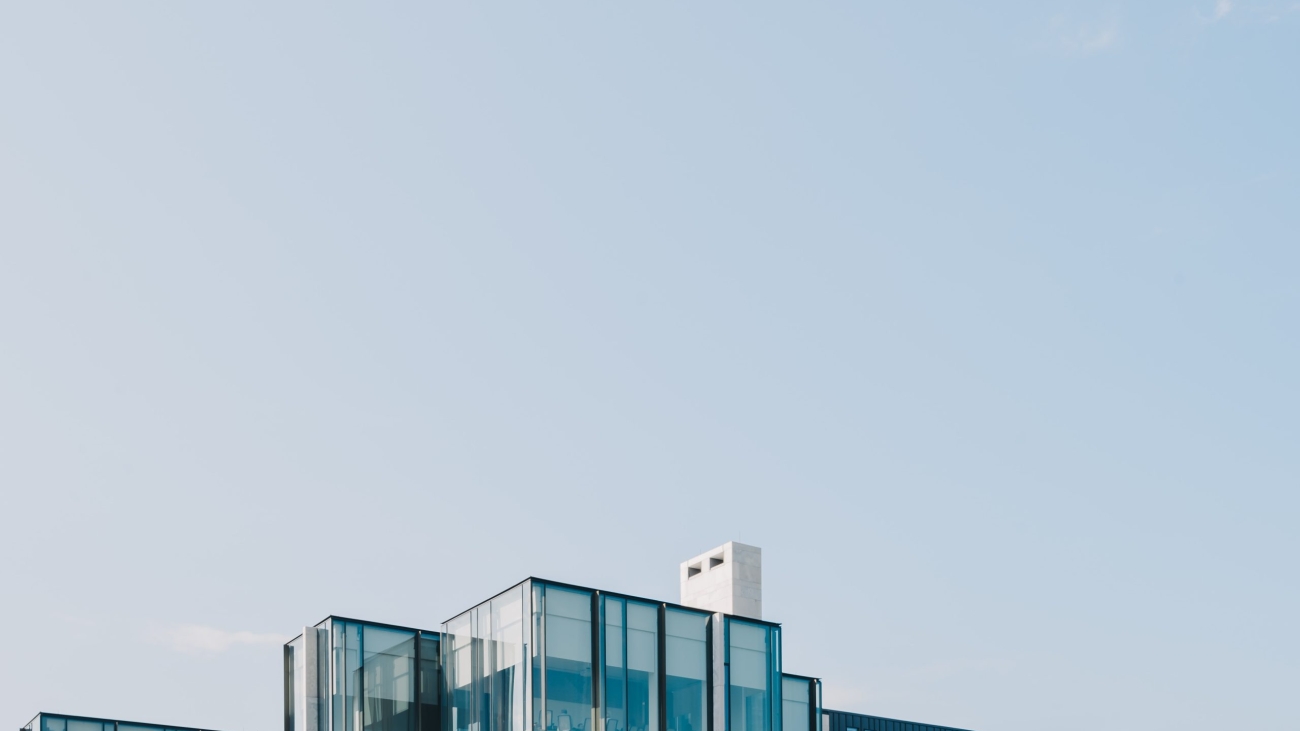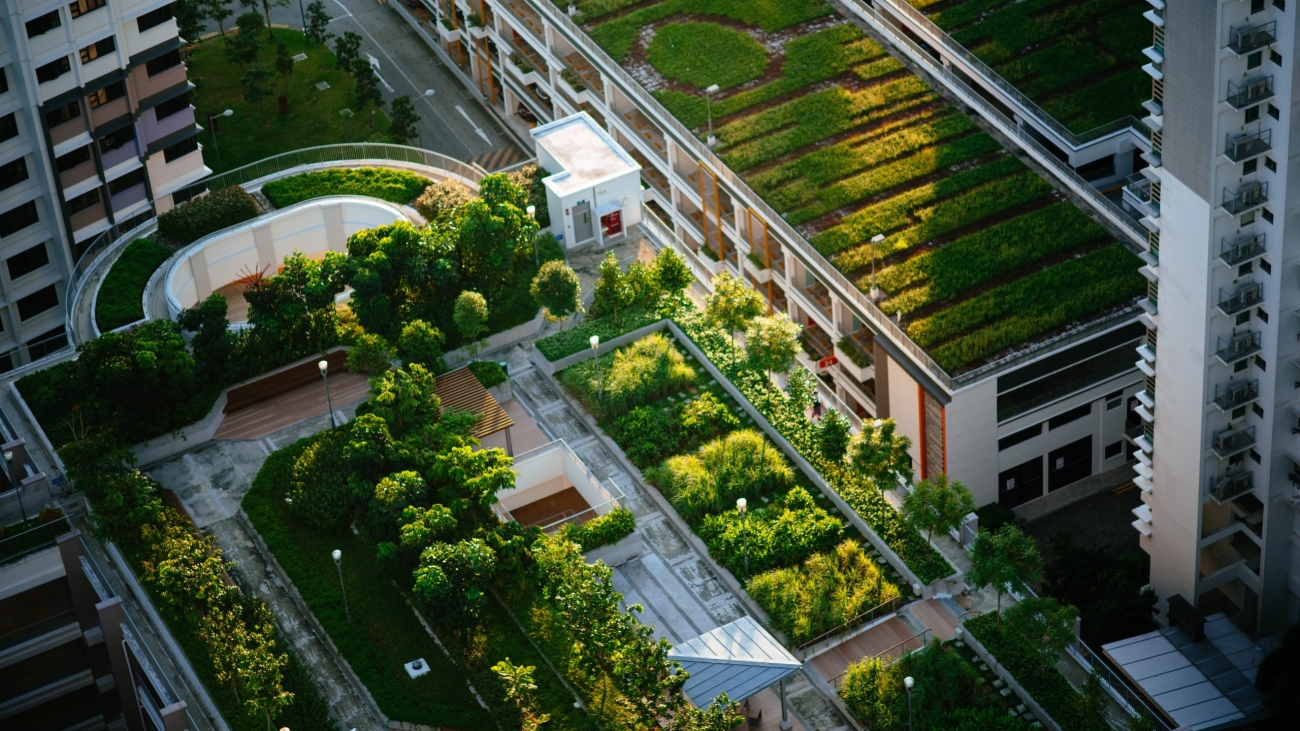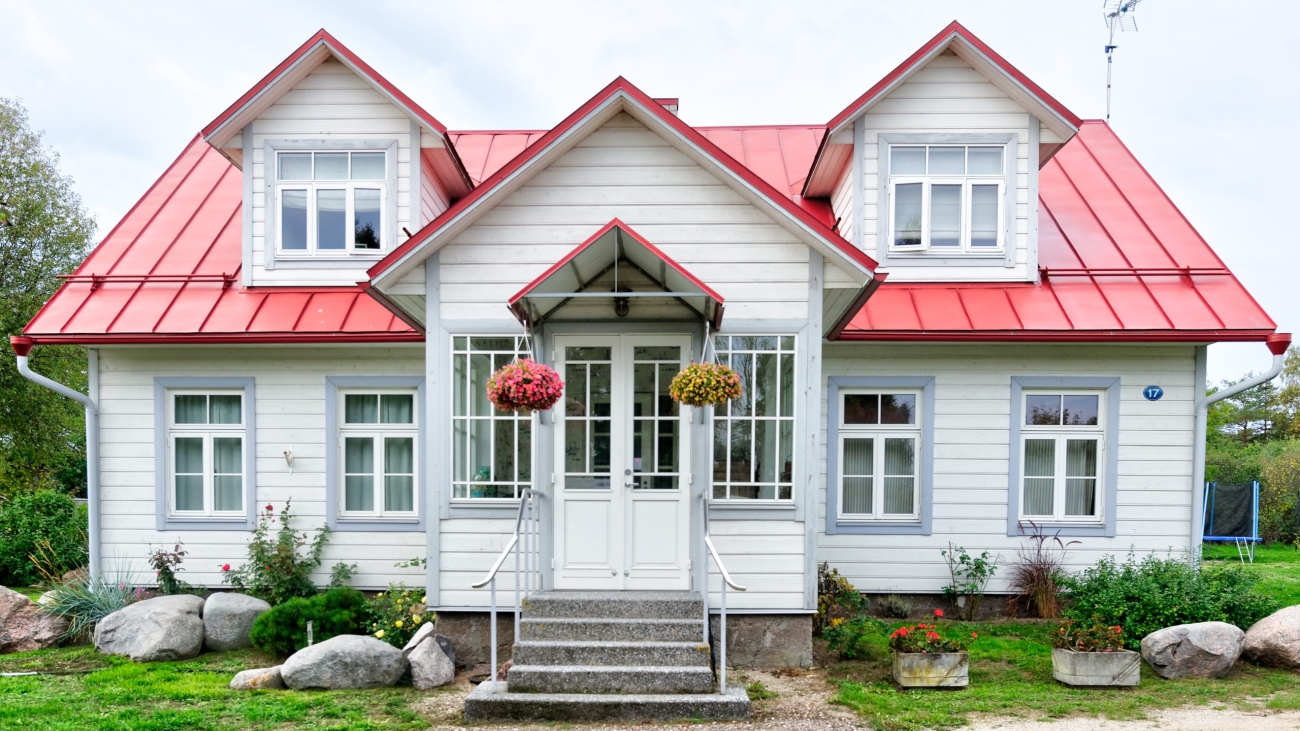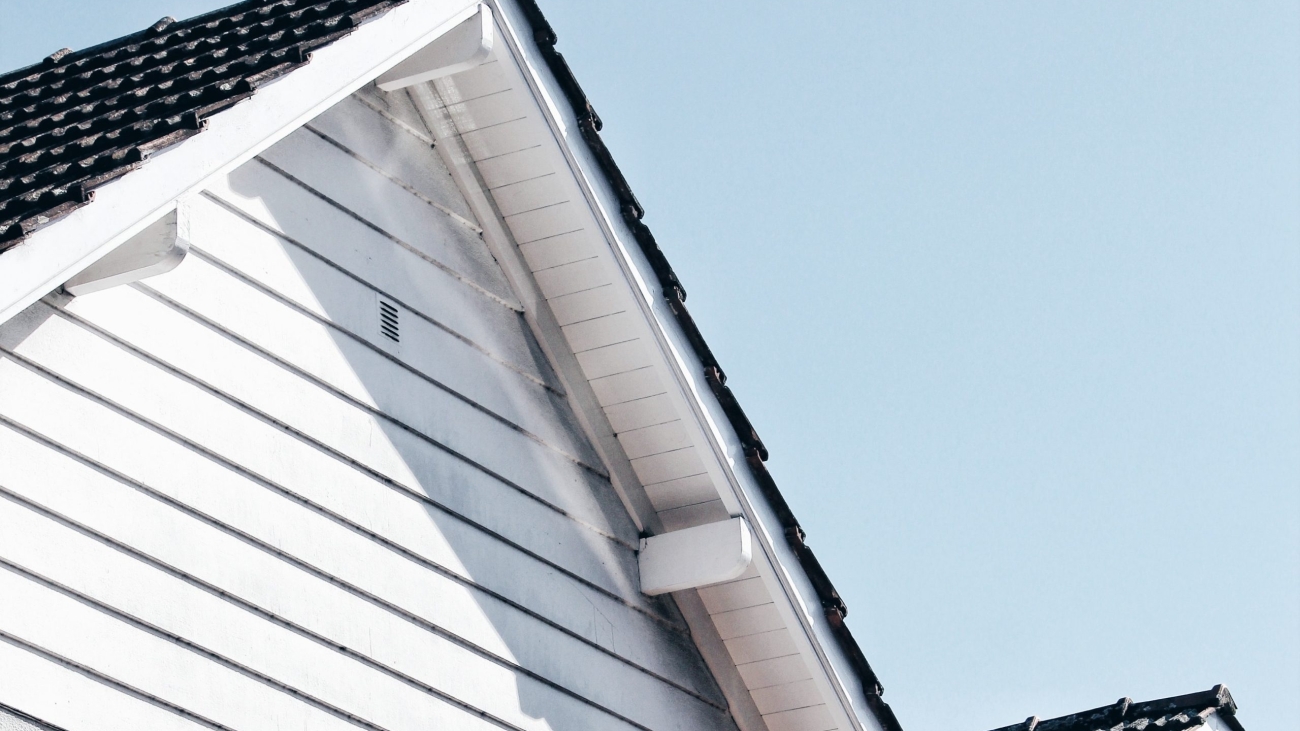All About Sustainable Roof Coatings
Your roof, often overlooked yet vital to the protection of your property, can play a significant role in environmental sustainability. Sustainable roof coatings are emerging as a popular choice for property owners looking to enhance the longevity of their roofs while minimizing their environmental impact. In this comprehensive guide all about sustainable roof coatings, we’ll explore the different types of roof coatings, delve into the world of sustainable options available on the market, discuss the reasons for choosing these eco-friendly alternatives and highlight the myriad benefits they bring. Let’s embark on a journey to understand how sustainable roof coatings can contribute to a greener and more energy-efficient future.
What is a Roof Coating?
A roof coating is a monolithic, fully adhered, fluid-applied roofing membrane designed to protect existing roofing systems. Applied directly to the roof’s surface, these coatings form a seamless, waterproof barrier that shields the roof from various environmental factors, including harsh weather conditions and UV radiation. Roof coatings come in various formulations, including silicone, acrylic, and polyurethane, providing versatile solutions for different roofing materials and structures.
Cool Roof Coatings:
Cool roof coatings are engineered to be highly reflective, minimizing the absorption of sunlight and heat. This, in turn, reduces indoor temperatures and the need for air conditioning. Energy savings, extended roof lifespan, and a decreased carbon footprint are the key benefits of cool roof coatings. Commonly used on flat or low-slope roofs in both residential and commercial settings.
Recycled Roof Coatings:
These coatings are manufactured from recycled materials, contributing to a more sustainable and circular economy. By using recycled materials, these coatings reduce waste and conserve valuable resources. Suitable for a wide range of roofing materials, promoting eco-conscious practices.
Low VOC (Volatile Organic Compounds) Coatings:
Low VOC coatings emit fewer harmful chemicals into the atmosphere, promoting better indoor air quality. Environmentally friendly and health-conscious, low VOC coatings contribute to a safer living and working environment. Versatile and applicable to various roofing systems, reducing environmental impact.
Solar Reflective Coatings:
Solar reflective coatings incorporate reflective pigments that deflect solar radiation and UV rays, reducing heat absorption. Energy savings, lower cooling costs, and extended roof lifespan are the key advantages of solar reflective coatings. Effective on various roofing materials, contributing to energy efficiency.
Why Choose a Sustainable Roof Coating?
Environmental Benefits:
Opting for a sustainable roof coating is a proactive step towards reducing your environmental footprint. Cool roof coatings, recycled roof coatings, and low VOC coatings, in particular, contribute to a more sustainable and eco-friendly future. By utilizing recycled materials and emitting fewer harmful chemicals, these coatings align with the principles of environmental responsibility, making them an ideal choice for the conscientious property owner.
Energy Efficiency:
Cool roof coatings and solar reflective coatings are champions of energy efficiency. By reflecting sunlight and reducing heat absorption, these coatings help maintain a cooler indoor temperature. This not only results in lower energy bills but also reduces the overall demand for air conditioning. The ripple effect is a significant reduction in energy consumption and a more sustainable approach to building operation.
Extended Roof Lifespan:
The protective nature of roof coatings plays a pivotal role in extending the lifespan of your roof. By forming a seamless barrier against weathering, UV radiation, and other environmental stressors, these coatings prevent premature deterioration of roofing materials. This longevity not only reduces the frequency of repairs but also minimizes the need for premature roof replacements, contributing to overall sustainability.
Cost Savings:
While the initial investment in sustainable roof coatings might be slightly higher than traditional alternatives, the long-term financial benefits are substantial. Energy savings, reduced maintenance costs, and an extended roof lifespan translate into significant cost savings over time. Sustainable choices are not just environmentally responsible; they are economically savvy.
Improved Indoor Comfort:
Cool roof coatings and other reflective options contribute to a more comfortable indoor environment. By reducing heat absorption, these coatings help maintain cooler temperatures within the building. This results in a more pleasant living or working space for occupants, enhancing overall comfort and well-being.
The Benefits of Sustainable Roof Coatings
Energy Savings:
Cool roof coatings and solar reflective coatings are particularly effective in reducing energy consumption. By reflecting sunlight and heat away from the roof, these coatings lower indoor temperatures, reducing the need for air conditioning. This, in turn, leads to significant energy savings and lower utility bills.
Reduced Maintenance Costs:
The seamless protection offered by roof coatings minimizes wear and tear on roofing materials, reducing the frequency of repairs. This results in lower maintenance costs over the life of the roof, making sustainable roof coatings a cost-effective choice in the long run.
Environmental Responsibility:
Choosing sustainable roof coatings demonstrates a commitment to environmental responsibility. Whether it’s through the use of recycled materials, low VOC formulations, or green roof options, these coatings contribute to a more sustainable and eco-friendly built environment.
Extended Roof Lifespan:
The protective barrier created by roof coatings shields the roof from various environmental stressors, including UV radiation and weathering. This extends the lifespan of the roof, reducing the need for premature replacements and minimizing the environmental impact of roofing materials.
Improved Property Value:
In an era where sustainability is increasingly valued, a property with eco-friendly features, such as a sustainable roof coating, can enhance its overall value. Potential buyers or tenants are often attracted to properties that prioritize environmental responsibility.
Conclusion
We hope you enjoyed this article all about sustainable roof coatings! Choosing a sustainable roof coating is not just about protecting your investment; it’s about making a positive impact on the environment and embracing a more sustainable way of living. Whether you opt for cool roof coatings, recycled options, low VOC formulations, solar reflective coatings, or green roof solutions, each choice contributes to a greener tomorrow. The benefits are far-reaching, from energy savings and reduced maintenance costs to improved indoor comfort and enhanced property value. The experts here at Cambie Roofing have witnessed firsthand how the roofing industry has transformed for over 75 years and we appreciate all developments that help us get closer to a sustainable future.

